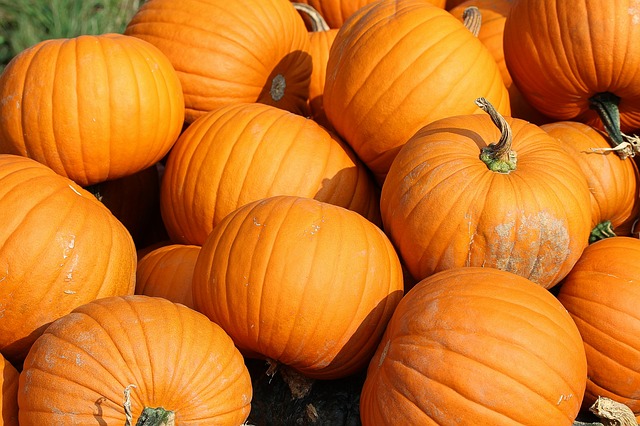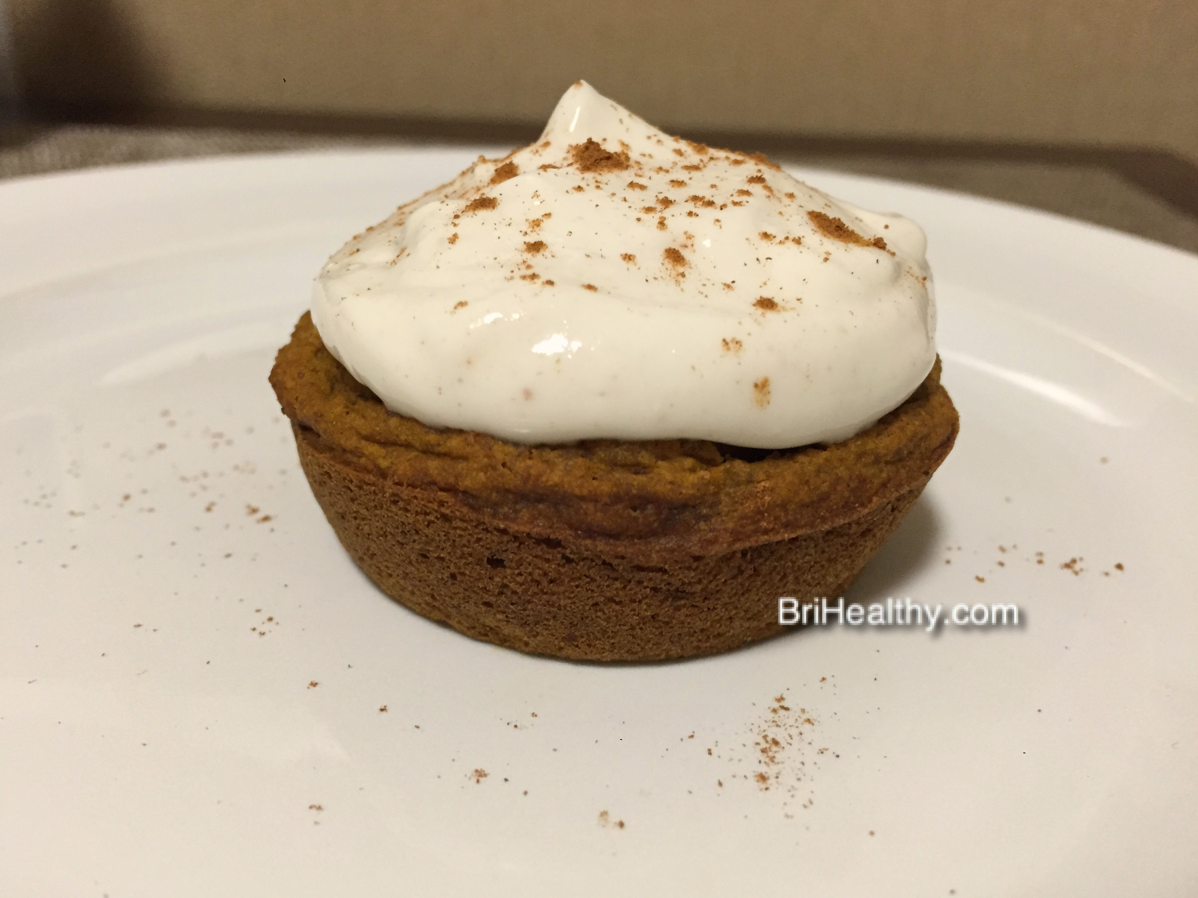Pumpkin spice season is in full swing. Many people look forward this time of year for the emergence of pumpkin spice flavored foods and drinks, while others grow tired of the fad very quickly. Regardless of your opinion on the autumn flavor, it is a fact that three main pumpkin spice ingredients, pumpkin, cinnamon, and nutmeg, contain various health benefits. I’m not referring to the sugary pumpkin spice lattés or artificial flavoring, but rather the natural, wholesome ingredients. If you are a fan of this fall flavor combination, you will be pleased to hear that it is actually a healthy habit to enjoy them!
Clearly, the main ingredient of this trio is pumpkin. These gourds are loaded with the antioxidant beta-carotene, which converts into vitamin A in the body. Beta-carotene has been said to help protect cells from free radical damage, therefore reducing the risk of certain types of cancer, according to the National Cancer Institute. Beta-carotene also aids in eye health. Pumpkin also contains vitamin C, calcium, iron, potassium, magnesium, vitamin E, and folate. It is relatively low in calories, with only about 50 calories in a ½ cup serving of pure pumpkin purée. Pumpkin is a good source of dietary fiber, which can help keep you feeling more full throughout the day. If you’re not used to eating natural pumpkin, rather than artificial pumpkin flavoring, give the real thing a try!
Cinnamon has many surprising health benefits, many stemming from the fact that it is packed with antioxidants. One benefit that particularly sticks out to me is the fact that it can reduce the body’s negative response to the consumption of high-fat meals. Penn State researchers performed a study in which they added certain spices, including cinnamon, to a high-fat meal. Certain subjects ate the meal with cinnamon, while others consumed meals without the spices. According to the study, the meal containing the spices increased antioxidant activity in the blood by 13 percent and decreased insulin response by about 20 percent. This means consuming cinnamon could help combat weight gain and can help maintain healthy triglyceride levels in the blood. Cinnamon’s antioxidants may also have anti-inflammatory effects, according to the National Center for Biotechnology Information. The same article mentions that cinnamon can lower blood glucose and cholesterol levels, as well as combat bacteria and help prevent cancer and cardiovascular disease. Fortunately, cinnamon is trendy in many holiday recipes, so this fad won’t be going away anytime soon.
Nutmeg is a spice with a powerful flavor. According to an article from the Asian Pacific Journal of Tropical Biomedicine, it contains antioxidants and has been used throughout history in traditional medicine to treat gastrointestinal issues, such as an upset stomach or bloating. This article also notes that nutmeg has antifungal and anti-inflammatory properties. Consuming this spice may also help regulate triglyceride levels in the blood. It is important to note that consuming too much nutmeg may have negative affects on your body, but in moderation, it possesses various benefits. Also, a fun fact that I just learned: nutmeg and mace both come from the same tree, Myristica fragrans. Nutmeg comes from the seed of the tree, while mace comes from the seed’s covering. It’s a great idea to consume nutmeg, but make sure to do it in small amounts. Six tablespoons of the spice is considered toxic, but you’ll never need to consume that much to taste it (Seed Guides). The spice is so strong that all you need is just a little pinch to enjoy the flavor.
As you can see, pumpkin spice is not so “basic” after all. The mixture of pumpkin with antioxidant spices, cinnamon and nutmeg, creates a healthy flavor combination that’s packed with nutrients. The next time someone tries to tell you they’re tired of hearing about pumpkin spice, notify them about these health benefits. They probably don’t know the positive aspects of the flavor combination and they might even become a fan!

